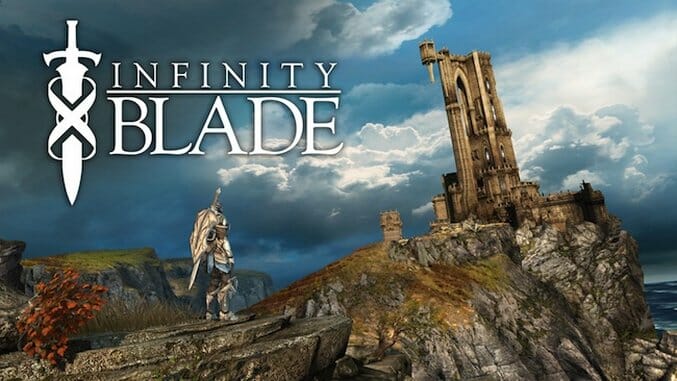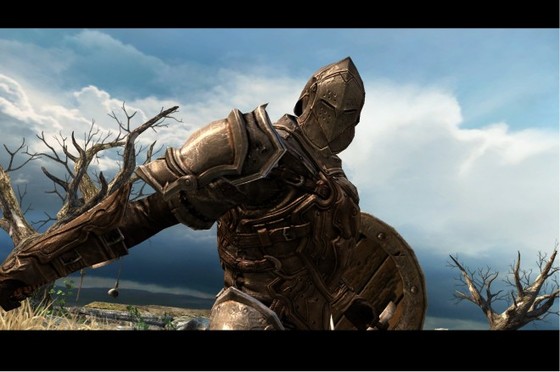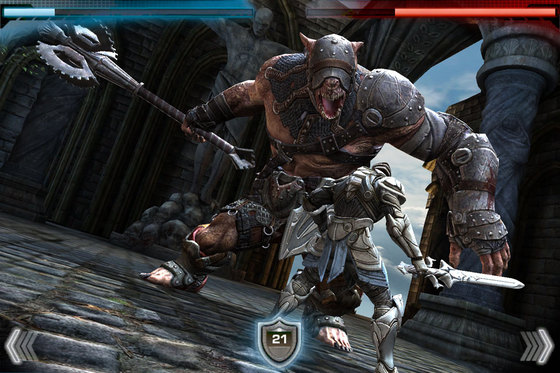
Aah, videogames. As you play them you will fight, you will emerge victorious, you will fight again, and eventually you will be defeated and you will die. And then somehow, you will rise to fight again. Your avatar will level up and become more powerful, and you yourself will become more proficient. This is the Way Of The Game, a cycle that is commonly referred to as a gameplay loop. Play, fail, die, and then try, try again.
Over time, the strange notion of impermanent death has become something that gamers have come to accept as a simple fact of life. Emergency! Peril! The princess is in danger! Only you can save her! (Oh also you are probably going to die a couple hundred times along the way. Trust me though you’ll be fine.)
It’s to the point that these days, that sort of sort of peculiar game-logic has become a part of our broader cultural vernacular. Almost everyone with a pulse is familiar with the concept of an “extra life”—in the recent film Scott Pilgrim vs. The World, the eponymous protagonist dies in his final battle, only to use a 1-Up in order to snag one last chance at redemption. I doubt there were very many people in the audience who questioned the logic of that development, or who didn’t get the joke. (Actually, I doubt there were many people in the audience at all, but that’s a topic for another article.)
As people have grown accustomed to that kind of videogame trope, creative developers have begin subverting audience expectations about what a gameplay loop should involve. Many recent games have worked death and defeat into their core design far more organically than the “Would you like to continue?” screen of old.
Japanese developer Atlus’ masterful 2009 dungeon-crawler Demon’s Souls flat-out expected players to die over and over again, resurrecting them as spirits after each death until they were finally able to defeat one of the game’s beastly bosses. Team Meat’s laughably difficult (and supremely fantastic) 2-D platformer Super Meat Boy wrung big yucks out of its insane difficulty, cheekily tracking a player’s thousands of deaths and presenting the final number as a badge of masochistic honor. And on the other side of the equation, experimental indie games like Jason Rohrer’s Sleep is Death and Marcus Richert’s You Only Live Once take the opposite tack, closing the loop and ending the game after a single death.
Chair’s new iOS action-RPG Infinity Blade embraces death and resurrection as well, weaving the circle of game-life into its narrative in a most brutally efficient manner. The story, such as it is, begins as these things so often do: in a cavernous, foreboding throne room. Almost immediately after players are given control, their nameless avatar is struck down by an unstoppable badass warrior-king. As tutorials go, it’s as brief as it is humbling.
Cut immediately to many years later, as players are given control of a new knight standing outside the castle’s walls. It turns out that this warrior is the first hero’s son, and we are to guide him on his quest to avenge his father. And so we fight our way through the castle’s battlements, up its tower, all the way to that same foreboding, cavernous throne room… before again getting stabbed to death by the still very high-level, entirely badass warrior king.
At which point the game cuts to many years later. Players are given control of the first hero’s son’s son, this time with their previously-earned stats, level and gear intact. They then must fight through the castle for a second time, facing off against higher-level, faster opponents. And of course, they eventually reach the foreboding, cavernous throne room, fight against the still-badass warrior king, and… okay, you can probably see where this is going. Stabbed, reborn as great-grandson and lo, the cycle continues. Et cetera, et cetera, amen.
Many stat-based role-playing games are accused of being a “grind.” This is seen as a bad thing, the complaint being that players are forced to complete boring, routine combat over and over, each time gaining some experience points and gear in preparation for another fight against a slightly higher-level enemy. It’s also known as “treadmilling,” and it’s a design trick that is primarily associated with older Japanese RPGs and today’s massively-multiplayer online games.
By that definition, Infinity Blade is nothing if not a grind. It features no exploration or dialogue—each level is a series of static screens leading up to a series of one-on-one swordfights. In other words, Chair has done away with almost every familiar RPG convention—story, exotic locations, dialogue, a party filled with interesting characters—and instead has focused exclusively on simple, refined combat. But as they demonstrated in 2009’s superb downloadable “Metroidvania” game Shadow Complex, Chair is no slouch when it comes to repurposing classic game design to their own ends. After subjecting myself to Infinity Blade’s lethally efficient gameplay loop, it quickly became clear just how brutally enjoyable and compulsively playable it is.
That’s due in large part to the game’s effective utilization of Apple’s multi-touch screen. Although stats affect the player-character’s strength and resilience, combat plays out in real-time and the faster it gets, the more skill is involved. Players are given a few defensive options, but the bulk of gameplay involves slashing one’s finger across the screen, each swipe mirroring a swing of the avatar’s sword. Parry, dodge, thrust, block, spell!, combo, swing, dodge, parry, swipe. It’s actually quite a bit like the NES classic Punch-Out!, and just as simplistically fun. I played the iPhone version and gameplay felt solid if a bit cramped; I can only imagine how much more fun this game is to play on the iPad’s giant screen.
Which brings up another point in Infinity Blade’s favor—it is a remarkably good-looking game. That fact really comes as no big surprise, given that it is published by Epic Games and uses the same Epic-owned Unreal graphics engine that powers AAA console games like Mass Effect and Gears of War. Epic’s 2010 iOS tech-demo Epic Citidel proved that the lighting effects, texture detail and scalability of the Unreal engine could be replicated on an iOS device, but it wasn’t until I played Infinty Blade that I realized just how far these guys could push it.
The game looks and plays so well that competing iOS action-game developers like the knockoff-kings at Gameloft are likely battening down the hatches and bracing for their first real fight. And in addition to its as-yet unparalleled presentation and slick gameplay, Infinity Blade supports leaderboards and achievements via Apple’s online Game Center, and Chair is promising future downloadable content packs featuring new weapons, locations and enemies. Take all of this together and one thing becomes clear: the big boys have turned their glowing eye on the App Store, and they’re aiming to bring the thunder.
But long-term ramifications aside, Infinity Blade stands on its own as a fun, gorgeous and well-designed portable swordfighting game. It is well-paced for the bus or the metro, and its sharp looks and slash-tastic gameplay are guaranteed to turn heads whenever you take it out. Grab your sword and shield, it’s time to get stabbing.
Infinity Blade was developed by Chair Entertainment and published by Epic Games. It is available for the iPhone, iPad and iPod Touch via the iTunes App Store. The iPhone version of the game was reviewed.
Kirk Hamilton is a musician and writer in San Francisco. He can be found at Kirkhamilton.com and on Twitter @kirkhamilton.
